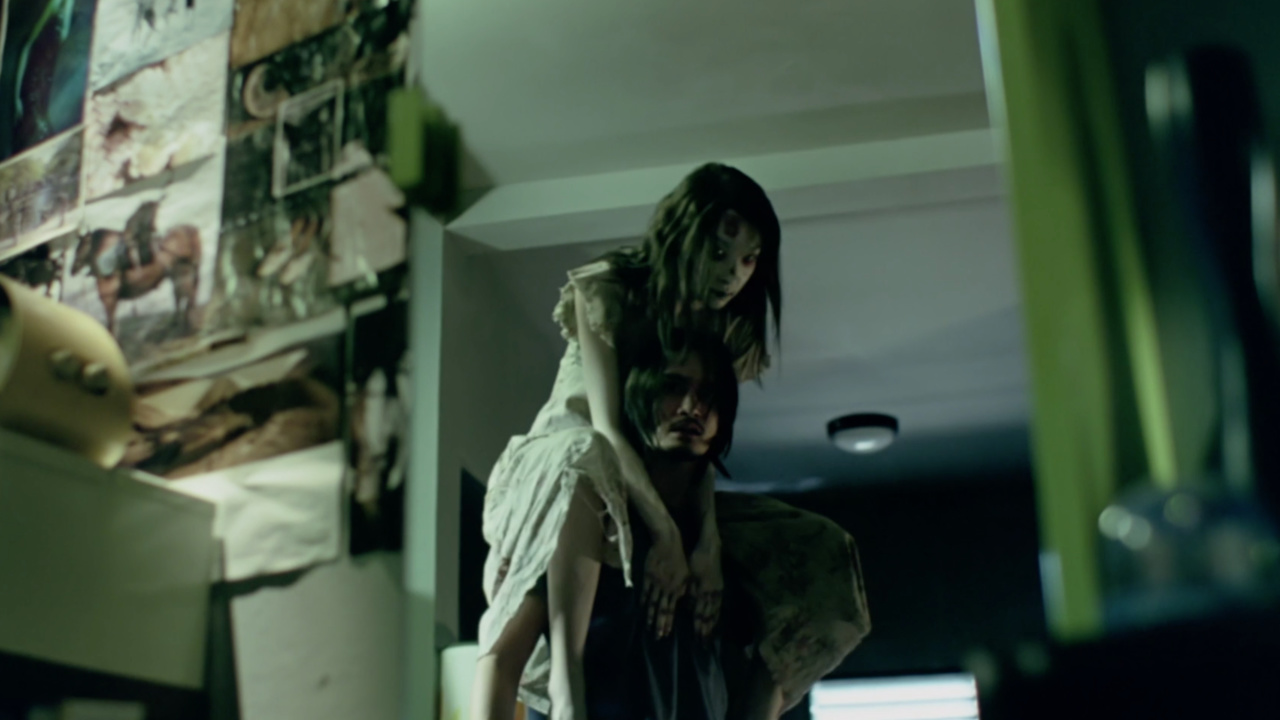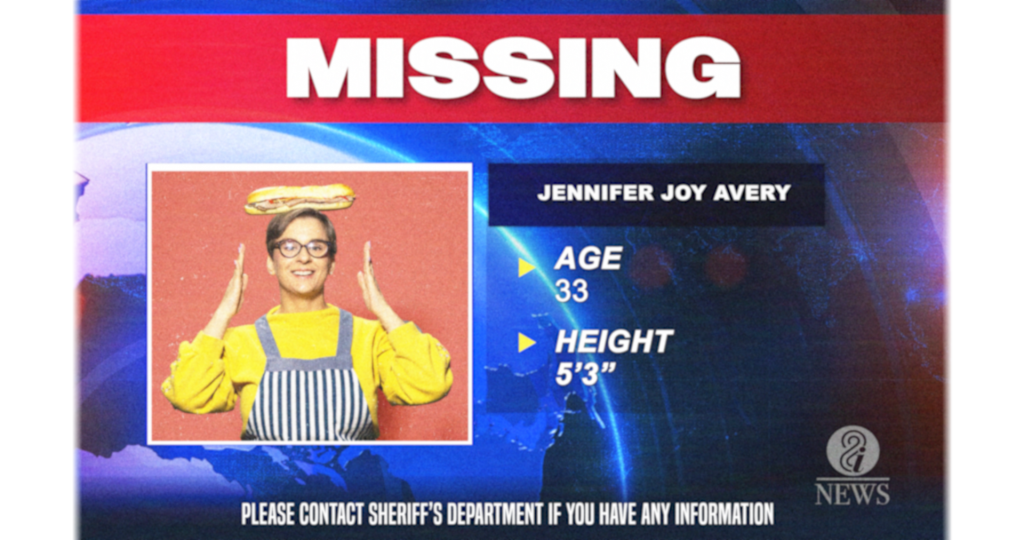Reviews
‘Orphan’ (2009) Review: The Not-So-Small Wonder

Jaume Collet-Serra’s directing doesn’t hold up much on a technical front, but it still produces a memorable and freaky watch.
I find myself asking why sequels are being made more and more these days. In most cases, they were already in production before becoming stuck in development hell, and in other cases they’re formed de novo without any real incentive or demand. 13 years later, we’re getting a prequel to Orphan, and this is the latter. Was anybody asking for this?
When I first watched Orphan back in middle school, I was thoroughly freaked out by it. But I never was one to fondly look back on it as an iconic horror film or even as a rewatchable popcorn flick. And now in the present day, I can firmly say this is a lot more enjoyable when you go in blind, but it still stands out as an interesting piece in the “evil child” subgenre of horror.
As a refresher, following a miscarriage, couple Kate and John adopt a Russian foster daughter named Esther. Esther’s precocious nature and odd mannerisms charm them at first, but soon her odd behavior and violent streak begin to show the cracks in her carefully constructed façade. Spoilers for an incredible twist from here on out, so if you haven’t seen it, stop here and come back.
If you’re looking for more depth out of the film knowing the twist upon rewatches, it may not come to you. While there are a few clever lines from Esther that were clearly intended to be seen differently on a second viewing, those hints toward Esther’s real identity of 33-year-old serial killer Leena are kind of sparse and fall off quickly until the reveal in the third act.
Isabelle Fuhrman’s Perfectly Evil Performance as Esther
Isabelle Fuhrman’s Esther is truly one of the evilest children put to film, and her performance carries the film on rewatches. Her creepy kid acting really lends to the movie’s best moments, even if there are times where her performance comes off as funny instead of demented. There is a genuinely hilarious jump scare that interrupts a kitchen sex scene between Kate and John, and some line deliveries with comedic timing feel unintentionally precise, but these are the exceptions to the rule.
Esther’s most frightening moments hinge on her cranking up the intensity of a situation to eleven very suddenly without giving much of a reaction as she does it, something Fuhrman excels in. There are plenty of moments where she unleashes all that psychotic energy and aggression, from strongarming her siblings at gunpoint to breaking her own arm with a vice grip to further a lie. Those moments are genuinely freaky and are where the film is at its best. Esther antagonizing Kate by reading her diary back at her just hits differently, so kudos to Fuhrman for being able to ramp up that quickly without chewing the scenery.
Vera Farmiga’s Emotional Depth in Orphan
Vera Farmiga’s performance likewise is stellar. Her interactions with John are filled with this soft sadness and anger you can tell is just under the surface of the dialogue, occasionally flaring out as she struggles to maintain control. It’s genuinely better than all her performances across the Conjuring movies since the role allows her a lot more range and authenticity than the very milquetoast writing she gets as Lorraine Warren.
On a technical level, the camerawork and editing have some serious issues. The DP on this film is all over the place with bad tracking shots for fake-out scares that never come and panning transitions to a new scene that lead nowhere. The most baffling shot of all is a close up on Esther’s face as she screeches and causes the entire screen to shake; instead of coming off as frightening, it just looks terrible and kind of annoying.
Scenes with otherwise good lighting occasionally have a muted coloring that is a lot more sepia-toned than necessary, a fault of trying to make a dreary film set in winter feel colder. Poor CGI blood muddles the violence in some scenes, while overblown music cues take a lot of the scariness out others. It isn’t that big of an offender in comparison to its contemporaries of the late 2000’s, but it’s just present enough to detract from the overall quality and vision of the film.
RATING: 6.5, maybe 7 (Attempted Playground Slide Murders)/10. Spectacular acting from both a young star and a veteran actress wrapped up in an enticing story. On top of it, you get some seriously jacked up moments you won’t be forgetting for a while, as well as some of the coolest art direction I’ve seen in a horror movie with Esther’s blacklight art. It’s just a shame it kind of trips directly into a punji pit of bad cinematography, and it stutters occasionally in attempting to scare.
Reviews
‘Shutter’ (2004) Review: Is Aughts-ful

The aughts were the wild wild west when it came to remakes and reboots. One subgenre that excelled in striking fear into the hearts of North Americans was unquestionably J-horror. It was a craze that gave a 10-ish-year-old me nightmares for too much of my childhood. Out of all of the J-horror remakes that frightened me, the one I never got around to checking out was Shutter. Which is what I was initially going to open this review with. That was until I realized that Shutter wasn’t a J-horror remake! Talk about egg on my face!
A Haunting Tale in Japan
Shutter follows Ben Shaw (Joshua Jackson), a seasoned photographer who moves to Japan with his new wife Jane (Rachael Taylor). Their first night in Japan gets off to an awful start when Jane runs over a mysterious woman at night. Jane starts seeing this mysterious woman throughout her daily life, and Ben’s photos become unusable when a spirit takes them over one by one. Is this spirit coming after Ben and Jane for the accident? Or, is this spirit haunting them for a more sinister reason?
This hastily assembled remake is directed by Masayuki Ochiai and written by Luke Dawson. After Shutter, Dawson’s only other notable script would be the 2015 flop The Lazarus Effect. Which is what I was initially going to write until I learned that The Lazarus Effect brought in nearly $40 million at the box office. It’s difficult to say what the worst part of Shutter is, but the script is definitely at the top of that list. Not only is the script boring and bereft of any real terror, but the characters are beyond flat. Even without having seen Shutter (2004), it was clear what direction this film was taking, and any suspense that could have existed flew right out the window.
Failed Cultural Commentary
Dawson’s script attempts to take a look at white people forcibly inserting themselves into a culture and making it all about themselves. But it’s such a surface-level observation and handled with the care of a five-year-old’s crayon drawing that it’s nearly laughable. At the very least, Shutter does succeed at being a good-for-her film. And for that, I can tip my hat.
Director Masayuki Ochiai and cinematographer Katsumi Yanagijima fail to explore any space in any meaningful way. Japan is a beautiful location, and it’s completely wasted throughout this film. The only really visually interesting moment is the well-choreographed car crash. From there, things quickly go downhill. I’m sure there’s a way to make a film about spirit photography feel interesting and scary, but this is definitely not the right approach.
Shutter is a Forgettable Horror Flop
I’ve covered a lot of films during my tenure at Horror Press that I’ve never seen before. It’s a gamble I’m happy to risk. Whether they hit or miss doesn’t usually matter to me. For some reason, I held Shutter in high regard. I thought people were over the moon for this film. I suppose I can add this to my list of films, such as The Barrens and Warm Bodies, as ones I could easily consider a complete waste of time.
Reviews
Brooklyn Horror Film Festival 2025: ‘Buffet Infinity’ Review

Within the found footage subgenre exists an even more niche and untapped market. Screen life has slowly overtaken found footage; hardcore fans, like myself, ache for something different. One of the more interesting sub-subgenres of found footage is something that I don’t think has a name yet, so let’s name it here and now. How about…TV-gone-rogue! The TV-gone-rogue subgenre is small. Ghostwatch got the ball rolling for these gone rogue-like films, but there was radio silence for quite some time. It would be Chris LaMartina’s WNUF Halloween Special that really brought this idea back into the limelight. Many filmmakers have tried to make TV-gone-rogue interesting, and many have failed. That is until Simon Glassman stepped onto the scene with Buffet Infinity.
Buffet Infinity: A Chaotic Tale of Westridge
The town (city?) of Westridge is whisked into chaos when the new Buffet Infinity restaurant rolls into town. Local sandwich shop owner Jennifer Avery (Allison Bench) is the first to take the soon-to-be conglomerate to task with increasingly pointed advertisements. Suddenly, local restaurant owners/workers go missing in droves as Buffet Infinity expands into neighboring businesses. Sinkholes, missing cityfolk, quarantines, and mysterious sounds abound, leaving residents to ask one question…who really has the sauce?
On the Brooklyn Horror Film Festival schedule, the header image for Buffet Infinity shows multiple people T-posing and floating in the sky. I was immediately sold. I had no clue what I was getting into, and I didn’t want to know. The film was introduced as “one of the craziest we have this year.” (Slightly paraphrasing.) What was I about to watch? Little did I know, it was about to be an hour and forty minutes of small-town madness.
Writers Allison Bench and Elisia Snyder, and writer-director Simon Glassman, transport viewers into an upside down world of weaponized local ads; a thriving town invaded by the deep pockets of monopolized capitalism. As someone who grew up in a decently sized town, though probably not large enough to be considered a city, there was a tinge of nostalgia that accompanied Buffet Infinity. Westridge feels cozy and intimate, a town where everyone knows your name. It’s a “baked in a buttery flaky crust” town. Sure, they have their McDonald’s and Burger Kings, but the real townsfolk eat at Jennifer’s sandwich shop–local knitting circles murmur about what they think is in Jennifer’s secret sauce. Simply put, Westridge feels like a home that many people like myself grew up in. And it reminds us of a simpler time that’s long gone.

A Unique Blend of Humor and Eldritch Terror
Buffet Infinity hides its horror well. It slowly guides the viewer into a sense of unease. As easily as the creators have you laughing, they have you squirming. The absurdist joy quickly transforms into Eldritch terrors from beyond. Many filmmakers say they’re inspired by the idea of it’s-not-what-you-see that’s scary, but many times it feels performative. Bench, Glassman, and Snyder have crafted a truly special script that edges you with terror and excitement. They constantly push you to the edge of release, and then back away. It’s the Japanese water torture of exposition. And, for me, it works incredibly well.
One of the most important aspects of Buffet Infinity is the over-capitalization of our lives. While the creators tackle this idea in a tongue-in-cheek manner, their message is highly effective. For the most part. This constant tete-a-tete between Buffet Infinity and the locals is highly amusing, but brings a larger conversation to the forefront. The town I grew up in is a shadow of what it once was. And I know many feel the same about the towns they grew up in. I can already hear the moans of people who dislike this film: “Brandon, it’s not that deep.” And I would highly disagree. Buffet Infinity feels like a reflective protest film–a loud and proud middle finger at what we should have said when the Super Walmart put mom and pops out of business.
Sorry, this review has gone off the rails. Let’s reel it back in a bit.
Why Buffet Infinity Redefines Found Footage
Buffet Infinity is a riotous romp, a hilarious horror that goes from zero to 100 pretty damn fast. Each commercial slowly builds on its last and uniquely tells its story. This film sets a new precedent for the TV-gone-rogue subgenre. Not to directly compare, but a film like WNUF Halloween Special (a film I love) uses its commercials as a coda; it’s a separation of what you saw/heard and prepares you for the next movement. Buffet Infinity uses its commercial to create the story. Instead of watching news pieces, then irrelevant commercials, then back to news pieces, Buffet Infinity breaks the mold. Hell, it creates the mold.
As someone who has been dying to see a Welcome to Nightvale film, Buffet Infinity is the closest thing I could ask for. It is full of killer performances (looking at you, Ahmed Ahmed), is well-crafted, and sets a new precedent on an underutilized side of found footage. Buffet Infinity is a full-course meal. I highly suspect that Buffet Infinity will gather the unwavering support that Hundreds of Beavers gathered and will go on to be considered an instant classic of the 2020s.























